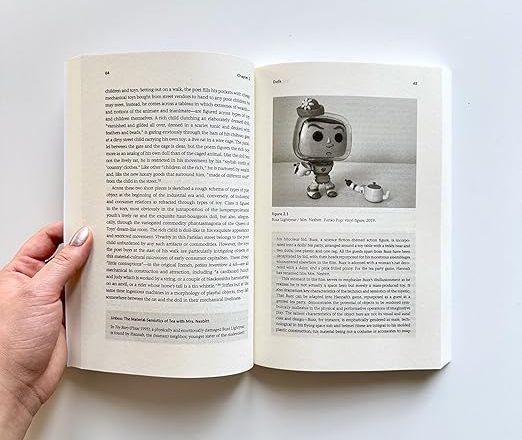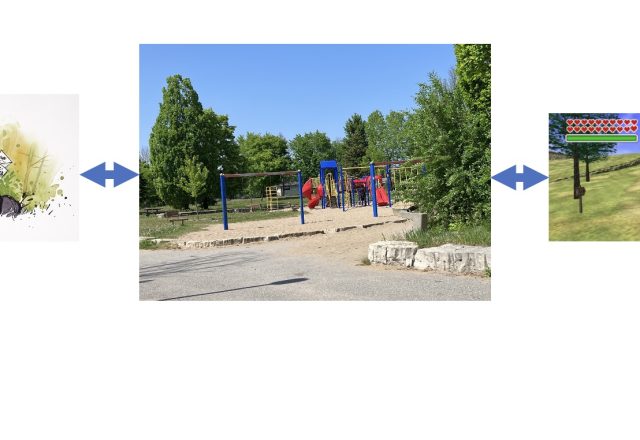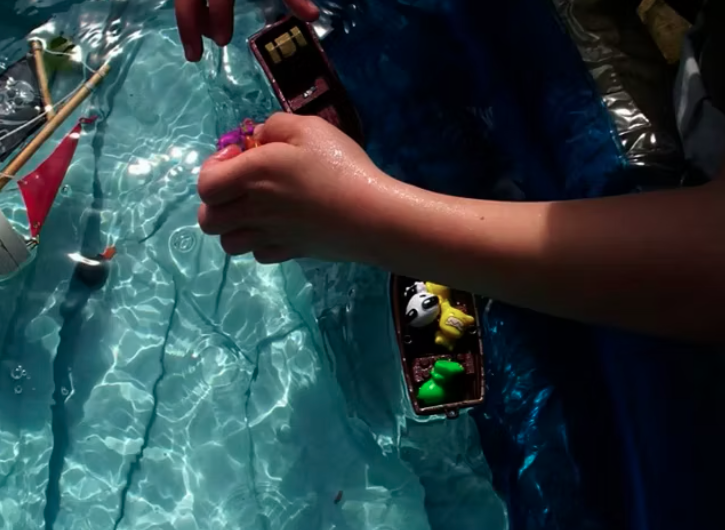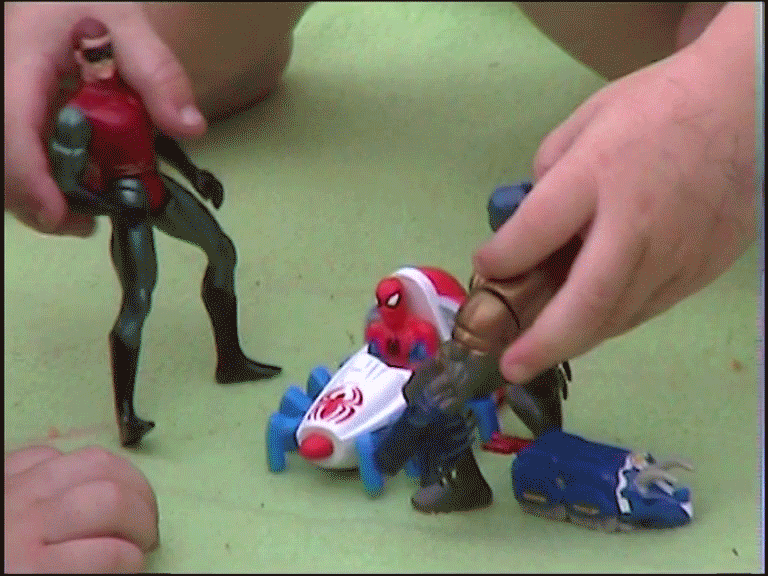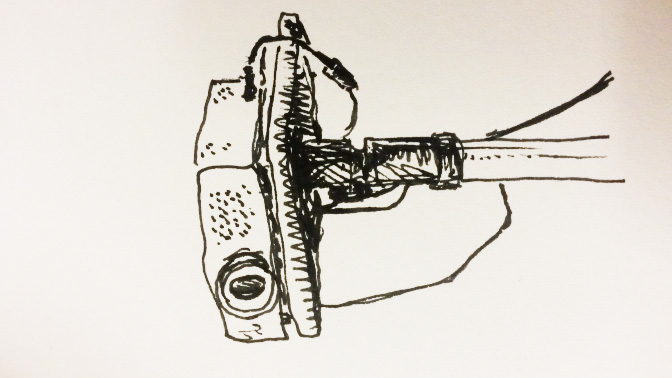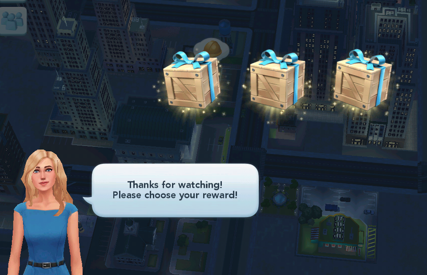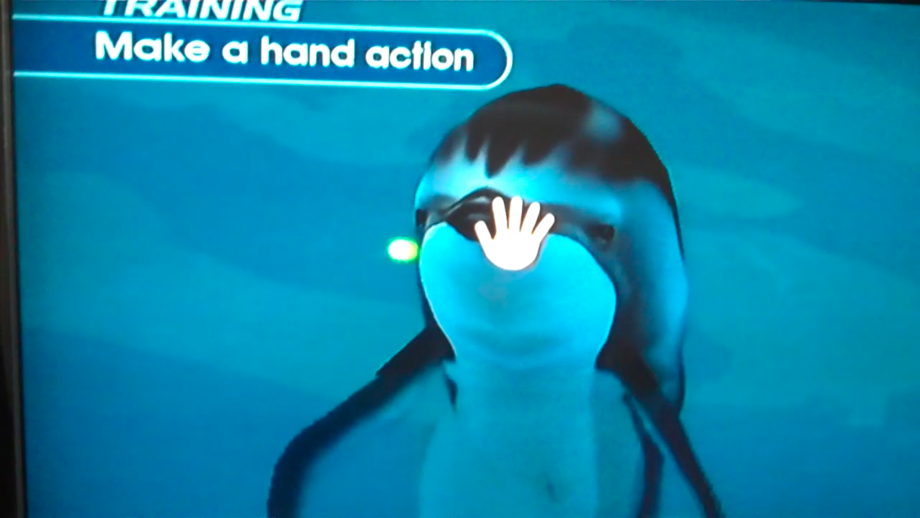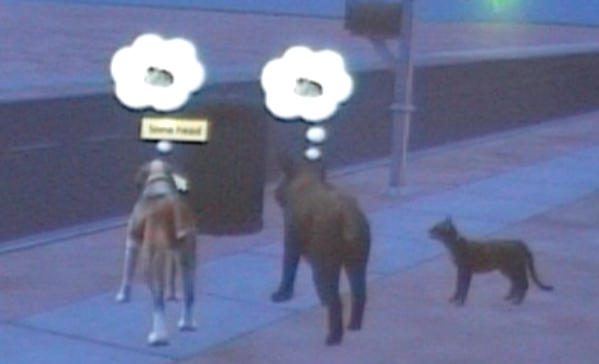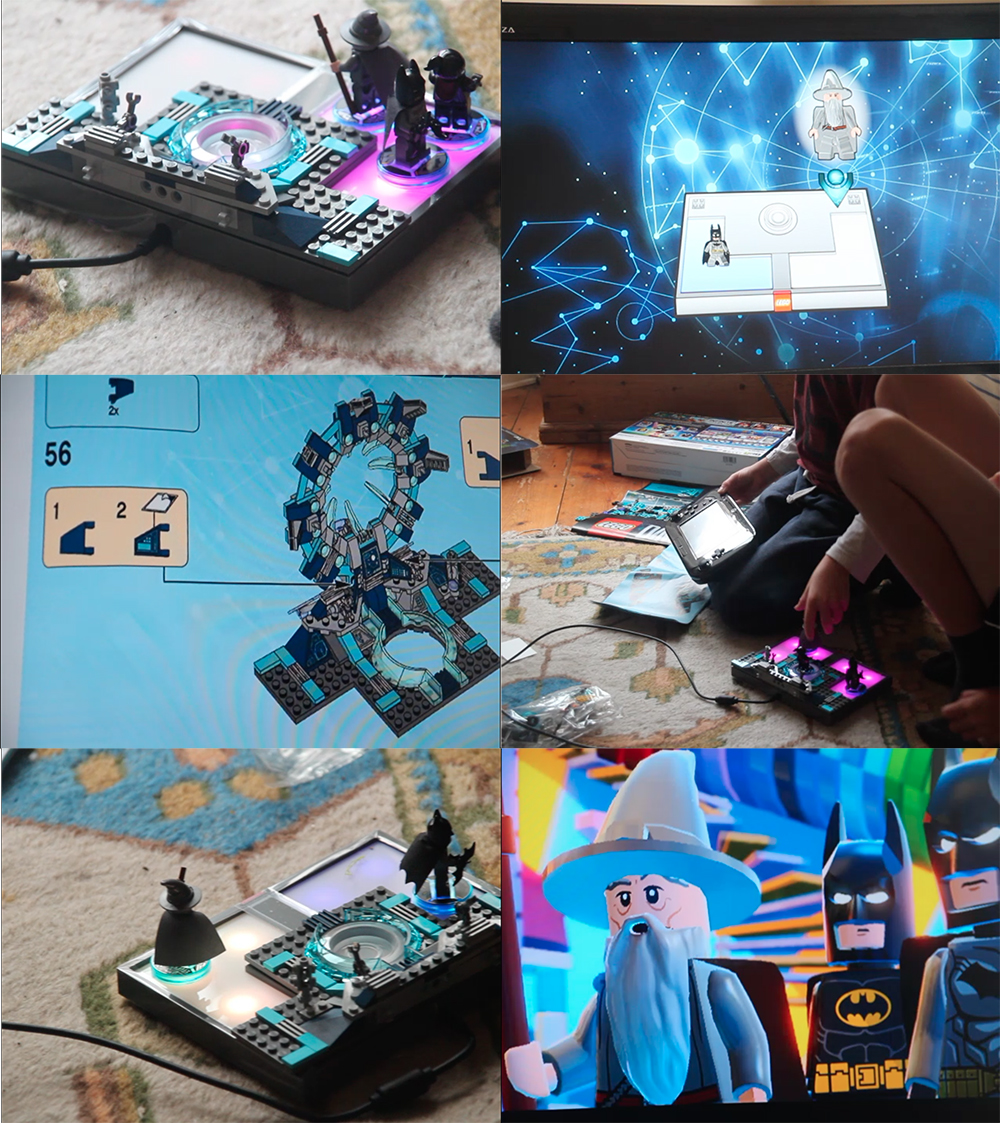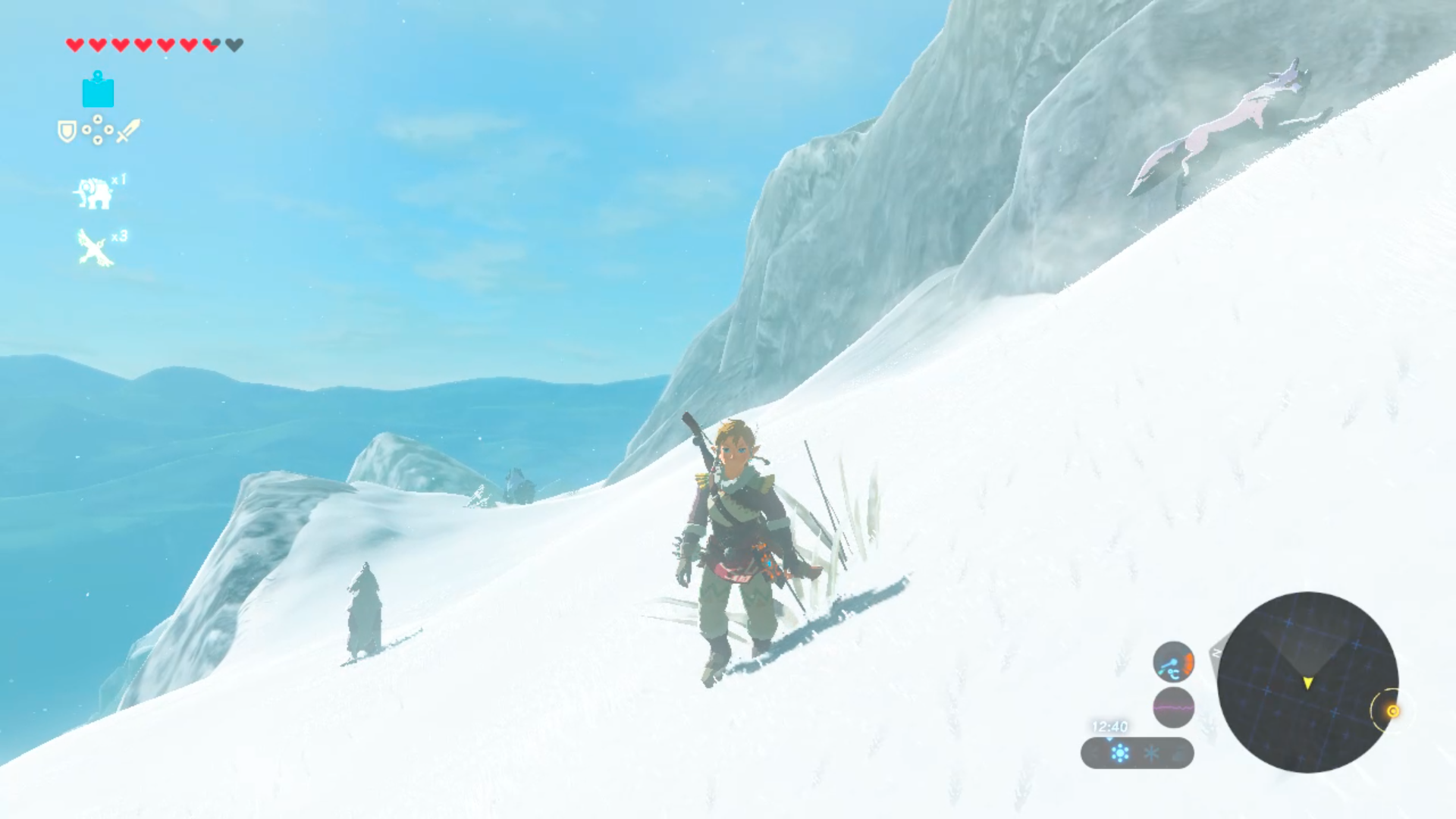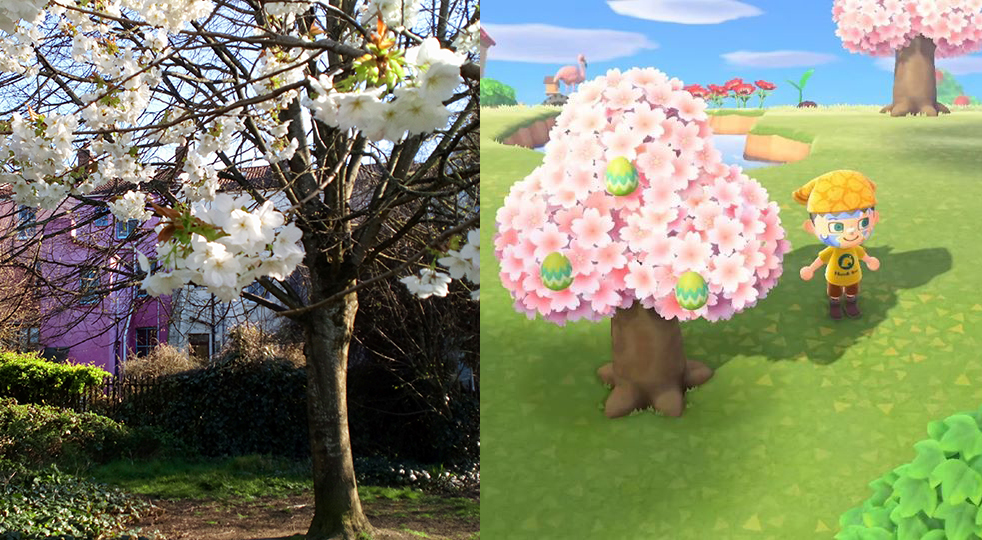Nearly all of my publications are freely available, either open access or in ‘author’s version’ format. Please see the Publications page. And do get…
Category: gameworlds
postdigital playgrounds
Text and images from my contribution to the A is for Age-Appropriate panel at CCA 2023, with Sara Grimes, Darshana Jayemanne, Bronwen Swerdfager, and…
Mr Happy
This video essay ‘Monsters, mini-games and Mr Happy’ was originally published in Audiovisual thinking: a journal of academic video, no.2, September 2011. The journal seems…
touch toyetics
A toy stops being a toy when it is no longer touched the relationship between the hand and the toy [is] an example of…
videophilia
This is a really old post from a defunct blog, but one that I keep referring students to when we discuss ethnographic methods, so…
economic imaginary
Economic imaginaries are no mere abstractions or illusions, they shape the design and reception of games as technologies and as commodities, facilitating and scaffolding…
ethology of AI
What are the implications of taking the animality of AI and A-Life entities as real and not metaphorical or symbolic? This question in turn…
not not animals
Does it make any sense to consider virtual animals as animal in any serious way? Both the naturalistically-rendered wolves of Legend of Zelda: the…
Unbox: The speed and slowness of Lucy, Batman, Batman, Gandalf, and Dumbledore
Microethology of toys-to-life (from proposal for Toy Theory book) – I’m going to build Dumbledore [sings:] Dumbledore, Dumbledore… – Technically, you’re building Gandalf…
game | death | worlds
I compiled this sometime in the mid-2000s, as a curated list for Furtherfield. Riffing on gameworlds and lifeworlds, it resonates nicely with my current…
one or several artificial wolves
Link encounters a group of animals on a green, grassy hillside, beautifully animated in the rich landscape. Large birds, and a wild boar, promise…
Animal Crossing and utopia in a time of crisis
Note: the conversation that triggered this short piece has contributed to an article by Samuel Horti in the New Statesman. The release of…
